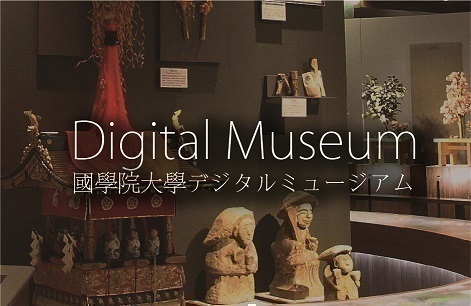- トップ
- Encyclopedia of Shinto
- Kojikiden
Encyclopedia of Shinto
| Main Menu: | |
| Links: |
詳細表示 (Complete Article)
| カテゴリー1: | 9. Texts and Sources |
|---|---|
| カテゴリー2: | Other Basic Texts |
| Title | Kojikiden |
| Text | (Motoori Norinaga) Exegesis of Kojiki [see Kojiki and Nihon shoki (Nihongi) ]. A commentary on Kojiki written by Motoori Norinaga . Forty-four fascicles in forty-four volumes. Completed in 1798. The first five fascicles were published in 1790 with the complete work appearing in print in 1822. Norinaga had purchased a copy of the Kan'ei edition of Kojiki (ca. 1624-44) while studying in Kyoto in 1756. At that time the Kojiki was accorded far less attention than Nihon shoki and Sendai kuji hongi. Norinaga, however, given his emphasis on written style, firmly believed in the value of Kojiki as a Shintō classic. As a result, upon meeting with Kamo no Mabuchi in 1763, he commenced his transcription, textual comparison, and critical commentary on Kojiki. Fascicle one comprises Norinaga's general outline. Here he declares the inseparability of ancient words and ancient meanings, discusses Kojiki, Nihon shoki, and Sendai kuji hongi, provides a methodology for attaching readings to the characters of Kojiki text, and outlines the characteristics of variant texts. To this is appended Naobi no mitama ("the rectifying spirit," see naobi), in which Norinaga emphasizes the superiority of the Japanese classics over Chinese texts. Fascicle two is a commentary on the Preface to Kojiki as well as a genealogy of kami and the imperial lineage. Fascicles three to the end contain commentaries on Kojiki proper, broken down as follows: fascicles three through seventeen forming part one, eighteen through thirty-four forming part two, and thirty-five through forty-four forming part three. Norinaga's basic stance toward researching and writing this work was generally established by 1771, but it took over thirty years to complete the study. This is probably due to the fact that Norinaga aimed to provide commentary that would make it possible to reproduce the episodes recorded in the text as concrete events, rather than as abstractions. The production of this commentary became the centerpiece of Norinaga's scholarship, in which he employed inductive reasoning to arrive at conclusions about ancient syntax and lexicology from ancient textual sources while also paying close attention to colloquialisms and dialects. This study was also critical to the development that Norinaga had with his disciples, and its publication came to fruition because of the organizational capacity of Norinaga's Suzunoya Academy. The main proponent of the work's publication was the retainer to the Owari domain and fervent advocate of kokugaku (National Learning), Norinaga's disciple Yokoi Chiaki, who furthermore provided funds to support publication. Other major disciples, such as Norinaga's eldest son, Motoori Haruniwa, wrote the text that was then carved into the blocks, and another disciple, Uematsu Arinobu, was directly involved in the printing and publication itself. At each step in the generation of his manuscript Norinaga would circulate it among his most trusted disciples and colleagues, so that, by the time of his death, up to fascicle 17 had been published. His disciples continued its publication so that, twenty-one years after Norinaga had died, the entire commentary had appeared. The final version of the published edition includes Hattori Nakatsune's Sandai kō (On the Three Realms), appended to fascicle 17, and Haruniwa's edited Kojiki-den chūshaku mokuroku (List of Sources for the Kojiki-den Commentary) in three fascicles, resulting in a total of forty-eight fascicles in forty published volumes. Norinaga's disciples were inspired by Kojiki-den and included it as a part of their own research, and helped one another as members of the same academy to ensure its publication. From this perspective we can say that the woodblock-printed version of the Kojiki-den is a product of the collaborative efforts of Norinaga and the Suzunoya Academy. Included in Motoori Norinaga zenshū, vols. 9-12. The first fascicle has been translated into English by Ann Wehmeyer as Kojiki-den Book 1 (Ithaca: Cornell UP, 1997). Naobi no mitama has been translated into English by Sey Nishimura as "The Way of the Gods" in Monumenta Nipponica 46:1, 1991. — Mori Mizue |




